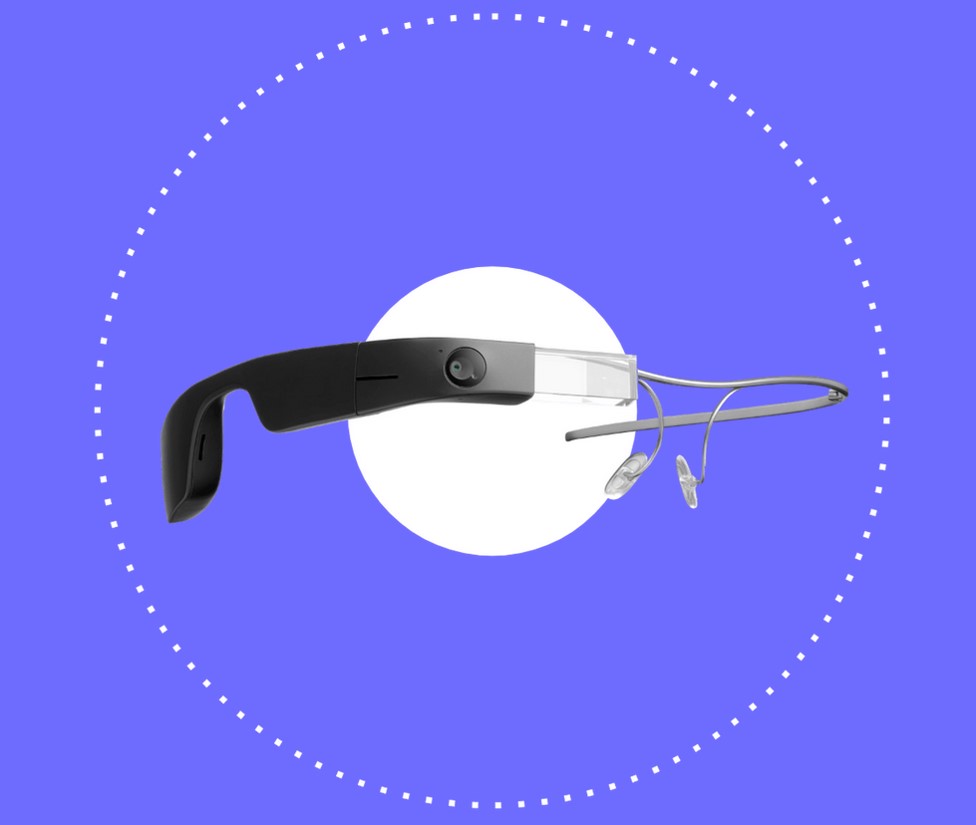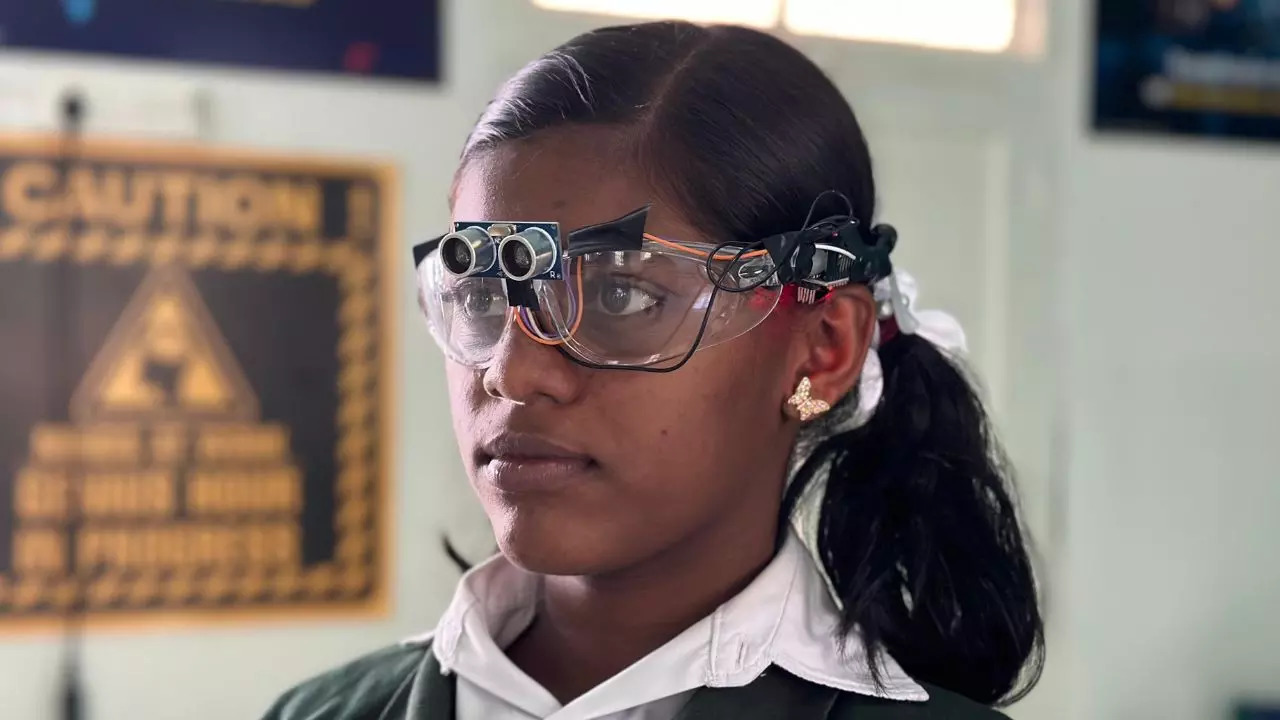The Future of Assistive Technology for the Blind: Empowering Independence
Wiki Article
Enhancing Availability Through Assistive Innovation for the Blind
The integration of assistive innovation for the blind stands for an essential advancement in availability, fundamentally changing just how individuals browse their settings and engage with society. From display viewers to cutting-edge smart walking canes, these tools not only improve self-reliance but likewise promote inclusivity in various spheres of life. As we discover the varied sorts of assistive tools and their tangible influence on day-to-day living, it becomes necessary to examine how recurring technical advancements are reshaping the landscape of assistance for the blind community. What implications do these growths hold for the future of access?Review of Assistive Modern Technology
Assistive modern technology refers to a variety of devices and software program developed to improve the abilities of individuals with disabilities, including those that are blind or aesthetically impaired. This innovation plays a critical function in promoting freedom and boosting the high quality of life for individuals. By providing different methods for accessing information and executing everyday tasks, assistive modern technology equips people to browse their environments extra successfully.
The advancement and execution of assistive innovation embrace a variety of principles aimed at cultivating availability. These principles consist of user-centered style, which focuses on the requirements and preferences of the individual, and the combination of technology right into everyday activities. Such advancements make sure that assistive devices are not only useful however additionally user-friendly and easy to make use of.
In addition, assistive modern technology incorporates a diverse range of solutions, from low-tech choices like magnifiers to high-tech advancements such as display readers and Braille screens. The recurring development of this area is driven by the need to deal with the one-of-a-kind challenges encountered by people with visual problems (Wearable technology for low vision). As modern technology continues to development, the capacity for boosting access and promoting inclusivity remains appealing, inevitably contributing to a more equitable culture

Types of Assistive Instruments
Various types of assistive gadgets are readily available to sustain people that are aesthetically damaged or blind, each designed to address particular requirements and obstacles. These tools can be generally classified right into three primary types: low-tech, mid-tech, and state-of-the-art options.Low-tech gadgets consist of things such as magnifiers, Braille labels, and tactile maps. These are relatively simple devices that boost the customer's ability to communicate with their atmosphere without requiring complex technology.
Mid-tech tools usually include advanced functions, such as digital magnifiers and mobile Braille note-takers. These devices can supply capabilities like speech output, permitting users to gain access to details much more efficiently.

Effect on Daily Living
The availability of different assistive tools considerably improves the lifestyle for people that are aesthetically damaged or blind, impacting their everyday living in profound methods. By incorporating modern technologies such as screen visitors, Braille shows, and audio summary services right check out here into their regimens, customers gain higher freedom and freedom. These tools assist in accessibility to details, enabling individuals to carry out daily tasks, such as checking out emails, navigating public areas, and appreciating media content.Moreover, assistive devices encourage people to involve even more totally in social communications and community tasks. The capability to make use of smart devices outfitted with accessibility features allows for smooth interaction and link with others. This connection promotes a sense of belonging and decreases feelings of isolation.
In specialist setups, assistive modern technology sustains performance by enabling individuals to total job jobs effectively. Tools like voice acknowledgment software application and specialized zoom devices allow individuals to join anonymous the workforce on equal ground with their sighted peers.

Improvements in Innovation
Recent technological advancements have significantly changed the landscape of tools available for people that are visually damaged or blind. The combination of man-made intelligence (AI) and artificial intelligence has triggered applications that enhance navigating and things acknowledgment. Smart device applications can now use AI to identify and define environments in real-time, offering customers with important contextual details.Furthermore, advancements in haptic innovation have actually caused the development of wise walking canes furnished with sensors that discover obstacles and offer responsive feedback. This encourages users to navigate their setting with enhanced self-confidence and independence. Developments in text-to-speech software program and braille displays have enhanced the access of digital content, enabling for smooth communication with various media.
Wearable innovations, such as wise glasses, are additionally making strides in assisting visual impairment. These gadgets can supply increased fact experiences, superimposing crucial information onto the individual's field of vision. Jointly, these improvements not just improve the high quality of life for individuals who are blind but also promote greater inclusion in culture. As technology continues to develop, the capacity for a lot more transformative tools remains imminent.
Future Trends and Innovations
As technology quickly proceeds, the future of assistive devices for individuals that are blind holds immense guarantee. Technologies in expert system (AI) and machine learning are positioned to change the way blind individuals connect with their environments. As an example, AI-driven applications are being created to enhance item acknowledgment, enabling customers to identify and browse their surroundings with higher convenience and accuracy.
Furthermore, developments in haptic comments modern technology why not try this out are making it possible for the creation of tactile maps and navigation aids that supply real-time information with touch. These advancements not just improve flexibility yet additionally foster freedom. Furthermore, wearable gadgets furnished with increased truth (AR) functions are arising, using individuals visual information through sound descriptions, thus connecting the gap between the electronic and physical worlds.
Additionally, the combination of wise home technology presents brand-new possibilities for accessibility, permitting people to manage their living atmospheres through voice commands or smartphone applications. As partnership between tech programmers and the blind area continues, the focus on user-centered style will certainly guarantee that future developments are tailored to fulfill the special needs of this populace (Wearable technology for low vision). The trajectory of assistive innovation promises a more empowering and inclusive future for people who are blind
Verdict
In final thought, assistive technology plays a critical function in improving access for people with visual impairments. Continuous innovations in modern technology and user-centered style make certain that these devices provide effectively to the distinct demands of the blind area.The integration of assistive innovation for the blind stands for a pivotal improvement in access, essentially changing exactly how people browse their settings and involve with culture.Assistive modern technology refers to a range of devices and software developed to improve the abilities of individuals with impairments, including those who are aesthetically impaired or blind. Wearable technology for low vision.As innovation quickly advances, the future of assistive tools for individuals that are blind holds tremendous assurance. The trajectory of assistive modern technology assures an extra empowering and inclusive future for people that are blind
In verdict, assistive modern technology plays a crucial duty in boosting access for individuals with visual impairments.
Report this wiki page